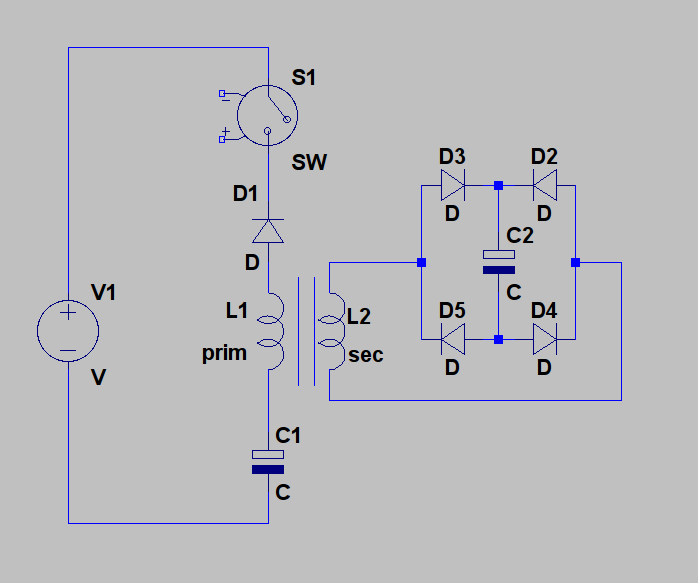Hi all, i decided to go back to the SSG setup and try something i have been thinking about. My thought was to put an inductor with an iron core in the path of the inductive spike before it hits the charge battery. The idea was to see if i could give the wheel an extra push with the extra inductor but it did not really make a difference although it did create an extra magnetic field. What if found very strange was when the extra inductor was connected, the neon on the ssg circuit would flash bright and the charge battery would still charge. I added another diode to the new coil and it is now charging another battery. The primary charge battery has hardly been affected in it's charge rate and the second battery is charging just as fast. The input has also dropped by 90ma!











Comment